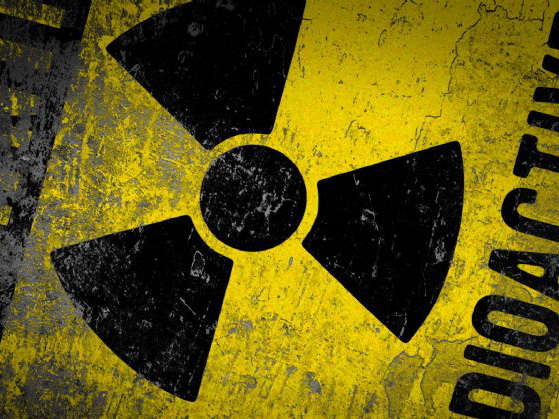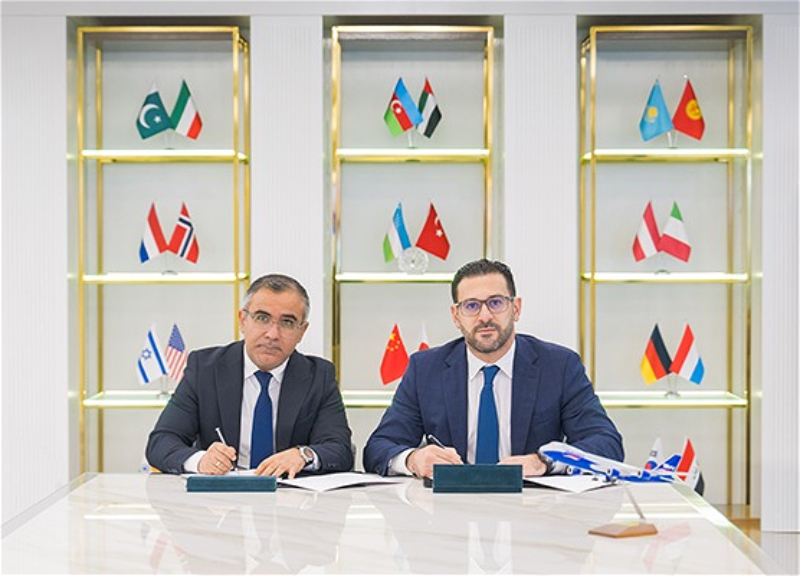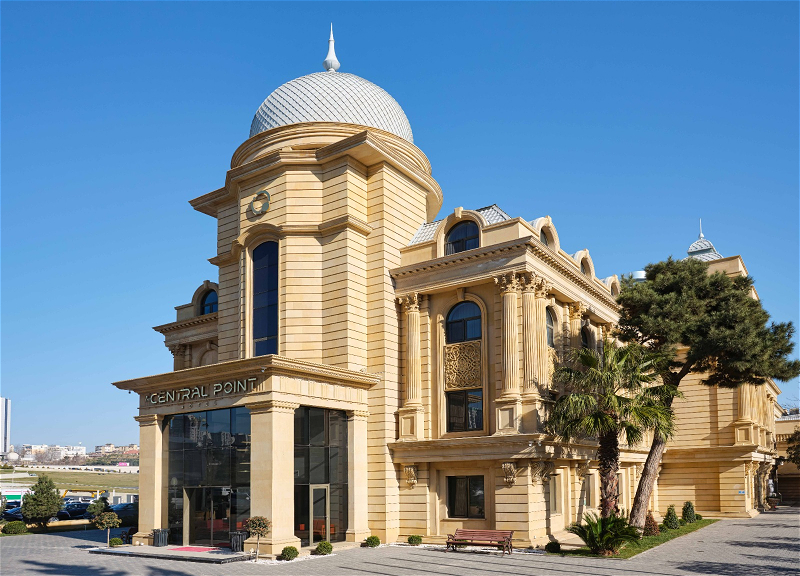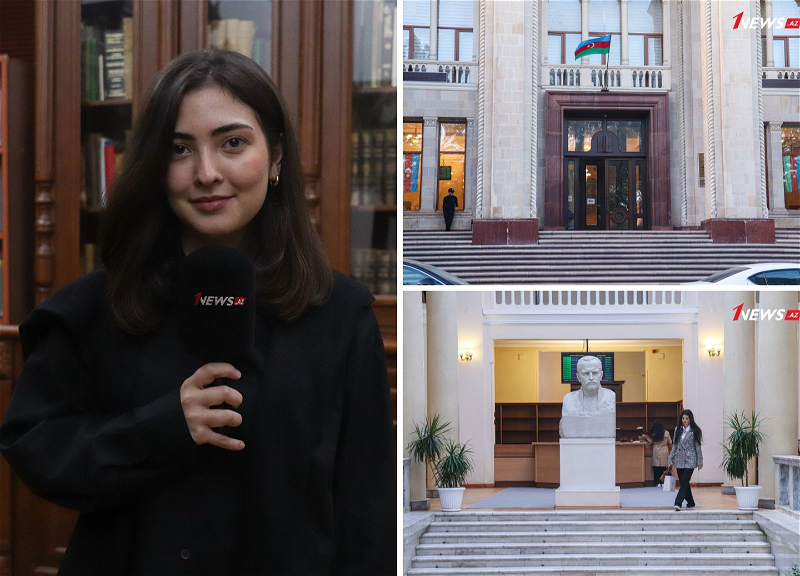Armenia's dirty bomb a new threat to international peace and security

By Najiba Mustafayeva
After large-scale armed clashes between Armenian and Azerbaijani troops occurred between April 2 and 5, Armenian politicians made international headlines by declaring “the presence of nuclear weapons in Armenia”.
The former Prime Minister of Armenia and current MP Hrant Bagratyan claimed at a press conference at the Armenian Media Centre on April 29th that “We have the capacity to create nuclear weapons, [and] we have nuclear weapons [in order] to protect Armenia and Nagorno-Karabakh against further attacks.”
Armen Rustamyan, head of the parliamentary faction of the Armenian Revolutionary Federation Dashnaktsutyun, supported this in saying that “Hrant Bagratyan has grounds for making such a statement as he has been prime minister, [adding] who said that, we are banned from producing the weapons.”
Moreover, the nuclear fuel and radioactive wastes from Metsamor, an outdated Chernobyl-type NPP located in an earthquake-sensitive zone, are kept in Azerbaijan territories occupied by Armenia, and the Nagorno-Karabakh region is used for the illegal smuggling of nuclear materials.
As reflected in the Statement of the Ministry of Foreign Affairs of the Republic of Azerbaijan, in recent escalations and offensive actions from April 2, 2016 onward, there have been numerous instances of the armed forces of Armenia deliberately shelling civilians and civilian structures of Azerbaijan with artillery, and large-caliber weapons have also used shells containing chemicals, such as white phosphorus.
One of these projectiles was shelled on Askipara village in the Tartar region of Azerbaijan; coincidentally, it missed its target and landed instead on a cultivated cotton field and was there found as an unexploded ordinance by Azerbaijan National Agency for Mine Action (ANAMA) on May 10. If it had landed on the densely populated segment of Askipara village, the projectile would have inflicted serious civilian casualties and injuries.
The state investigation has revealed that the ammunition, which was fired by the armed forces of Armenia, is a D-4 type (smoke bomb) 122 mm artillery shell. It weighed 27.07 kg and contained 3.6 kg of P4 (white phosphorus).
Consonant with general international humanitarian law, attacks on civilians or civilian structures along with attacks on forests or other kinds of plant cover (such as the cultivated area in Askipara village) with white phosphorus shells are prohibited under the Protocol III of the Prohibitions or Restrictions on the Use of Incendiary Weapons of the United Nations Convention on Certain Conventional Weapons (CCW or CCWC) of 1980.
With the intentional strike at civilian structures in Azerbaijan using high-explosive white phosphorous Armenia thus grossly violates its obligations under international humanitarian and human rights law, such as 1949 Geneva Conventions, and in particular the Fourth Geneva Convention.
Weapons containing white phosphorus can also qualify as an “incendiary weapon or device” under the 1997 International Convention for the Suppression of Terrorist Bombings, to which Armenia acceded in 2004. The Convention applies to any “explosive or incendiary weapon or device that is designed, or has the capability, to cause death, serious bodily injury or substantial material damage” or a weapon that has these effects through use of toxic chemicals, biological agents, toxins, or radiation.
Over the past several years, the international community has solely focused its attention on the nuclear talks with Iran, while neglecting other potential nuclear arms spots in the neighborhood. The bellicose rhetoric of Armenian politicians concerning possible “utilization of nuclear weapons” is not that different from the warnings of a possible nuclear attack by North Korea in early March (see: Ilgar Gurbanov Nuclear alarm from Armenia).
North Korea (DPRK) conducted its fourth nuclear detonation on January 6 of this year. U.S. Ambassador Samantha Power said in a statement the 15-nation council should impose “a tough, comprehensive, and credible package of new sanctions,” and ensure “rigorous enforcement of the resolutions it has already adopted.”
While U.N. Secretary-General Ban Ki-moon called North Korea's latest nuclear test “deeply troubling” and “profoundly destabilizing for regional security.” Furthermore, the head of the UN International Atomic Energy Agency said that if the nuclear test is confirmed, it would be in clear violation of UN Security Council resolutions and is “deeply regrettable.”
On October 9, 2006, North Korea conducted their first nuclear test. The Security Council immediately responded to this challenge to international peace and security and, on October 14th, adopted a resolution demanding that the DPRK not conduct any more nuclear tests or ballistic missile launches. The resolution ensured the introduction of sanctions against North Korea, the ban on arms supplies and materials associated with the production of weapons of mass destruction. North Korea had conducted two more underground nuclear tests in 2009 and 2013, both also drawing sanctions from the UN Security Council.
It should here be mentioned that the UN Charter, in bestowing the Security Council with its most important function – the maintenance of international peace and security - has endowed it with the relevant power. As a result, the UN Security Council should play an important role in the formation of the collective reaction to the violation of the rules which are determined by the international community as particularly important. Violations of these rules are classified as threats or breach of international peace and security.
The resolutions of the Council adopted according to Chapter VII of the UN Charter (Action with Respect to Threats to the Peace, Breaches of the Peace and Acts of Aggression) contain all of the legal elements of international responsibility. The determination of a peace or an act of aggression threat in accordance with Article 39 is a statement of the violation of fundamental norms.
The resolutions of Security Council call for a stop to the following acts, provide guarantees against similar situations in the future, and provide reparation. Measures taken in accordance with Articles 41 and 42 are sanctions intended to encourage the offender to fulfill the obligations arising from their international legal responsibility.
The practice mentioned in the application of sanctions against North Korea can serve as an illustration of the capabilities of the UN Security Council.
Thus, the international community, acting through the UN, and specifically the Security Council that has been designed to maintain international peace and security and is authorized to respond to violations of the norms and principles of international law, should bring to justice state perpetrators who have violated international law.
Evaluating the effectiveness of the sanction mechanisms of the international organizations, the following points should be underlined:
- the deterrent effect on the offenders, limiting the scope of their wrongful conduct;
- the power to demonstrate the position of the international community and states toward an offence, providing preventive action against potential infringement;
- limitation upon the financial capabilities of the offender. The arms embargo impedes the modernization of the armed forces, and economic sanctions reduces a state’s economic potential, which then results in limiting potential financial expenditure on armaments.
At the same time we have to admit that the effectiveness of sanctions coming from international organizations first of all depends on the policies of great powers holding sufficient economic and military resources and the leverage of political coercion at the global level necessary for ensuring the effectiveness of the mechanism of sanctions and accountability of states that violate universally recognized norm and principles (jus cogens) of international law.
Today, in the era of globalization, in which we are witnessing a gradual transformation of the world into a single arena with common international legal, cultural and information space for all actors of international relations, the violation of the principles of international law as a result of illegal actions of states, which entails human casualties, is a threat on a global scale and should not be seen as a spat between two states.
The embodiment of universal moral principles and norms, the ideas of justice and humanity in existing legal norms, which have become the main guidelines for the development of modern society, determine the logic of this process.
Najiba Mustafayeva is an expert at the Center for Strategic Studies (SAM) in Azerbaijan. She specializes in international law, human rights and conflict resolution.














